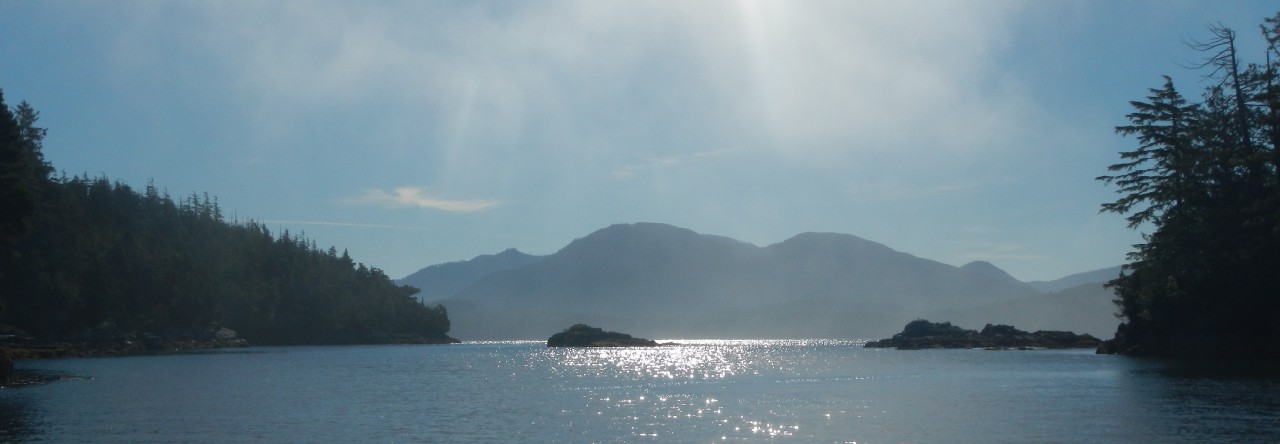6 weeks. 2 profs. 1 TA. 15 classmates. 2 teammates. 1 independent project. Over 700 sculpins.
These are just a few of the numbers that are rolling through my mind as I write this on the last legs of my time here at Bamfield.
In many ways this trip has been both what I’d expected, and not, at the same time.
For instance, I knew I’d be taking this course along with other like-minded individuals. I didn’t expect them to all be fantastic in such unique and wonderful ways, a glimpse of what science would and should be in the future.
I knew that the course would explore conservation issues in both marine and terrestrial contexts. I didn’t expect to be so challenged and engaged by the terrestrial component, given my marine science focus in my undergrad.
I knew that I’d experience firsthand the wild places of the Pacific Northwest. I didn’t expect to go swimming in a Canadian beach under a starry sky, cross a marine channel to sample tidepools on a small islet, or jump down a stony 40-foot waterfall.
I knew that I’d take on an independent project and hopefully apply skills that I’d learned through the years. I didn’t expect to learn so much about so many different things, including statistics, experimental design, marine intertidal science, and lessons in humility.
Did our independent project end up with seriously actionable results? Debatable. 3 weeks is a pretty short period of time to take on such a huge study like we did. But we did a good job despite that.
And along the way I managed to learn more about my strengths and weaknesses, both academically and socially, and begin to work on them.
I’m coming away from this time in Bamfield with field skills, knowledge and connections, of course. But more deeply than that, I’m coming away with a deep appreciation for the evolving academia of today and tomorrow; with resources and reassurance for my future endeavors; and for the unique places like Bamfield that can foster knowledge and kinship all at once.
